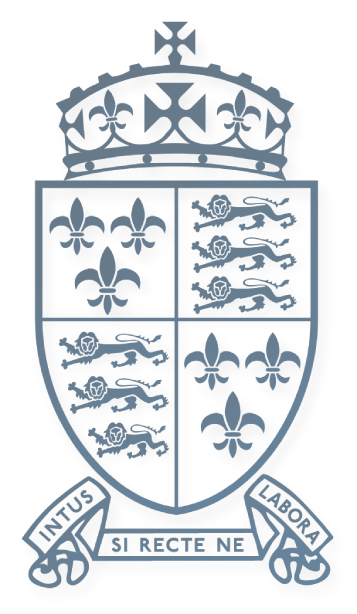2014 – Shrewsbury School hosts the ‘Physics World Cup’

In July 2014, Shrewsbury School hosted the 27th International Young Physicists’ Tournament (IYPT), one of the most prestigious competitions for school science anywhere in the world.
Teams of top young physicists from 30 different countries from all five continents gathered in Shrewsbury on 3rd July for a week of competition that is commonly referred to as the ‘Physics World Cup’ and is judged by professional physicists from around the world.
The IYPT had previously taken place in Australia, South Korea, Taiwan and China, as well European countries including Germany, Slovakia and Switzerland. This was the first year that the competition had ever been held in the UK.
Each of the teams taking part had been competing over the previous few months to win the right to represent their country in the international tournament. Shrewsbury School’s own success rate in the UK competition had been extraordinary. Not only did they represent the UK in the 2014 IYPT (together with two students from runners-up John Leggott College), but over the previous ten years, Shrewsbury had been the UK’s winning team no fewer than seven times.
During the week of the IYPT at Shrewsbury, teams presented their solutions to a series of challenging physics problems they had all been working on for several months. Following each team’s presentation, they were then challenged to defend their solution in an ensuing ‘Physics Fight’, when a student from another team attempted to tear holes in their solution. These ‘fights’ were often very heated, with national reputations at stake!
The IYPT problems are based on commonly observed but difficult to explain phenomena. One example from 2014 was about water balloons: “Some students are ineffective in water balloon fights as the balloons they throw rebound without bursting. Investigate the motion, deformation, and rebound of a balloon filled with fluid. Under what circumstances does the balloon burst?”
Another was called ‘Chocolate Hysteresis’: “Chocolate appears to be a solid material at room temperature but melts when heated to around body temperature. When cooled down again, it often stays melted even at room temperature. Investigate the temperature range over which chocolate can exist in both melted and ‘solid’ states and its dependence on relevant parameters.”
A tournament of the size and prestige of the IYPT can only be achieved through a huge amount of meticulous organisation. The lion share of this in 2014 fell to John Balcombe, Physics Teacher at Shrewsbury School and Chairman of the 2014 IYPT Organising Committee, whose involvement with the IYPT stretched back over several years. He was particularly delighted that the keynote speech at the opening ceremony of the 2014 event was Lord Rees, Astronomer Royal, former Shrewsbury School pupil and a great supporter of the IYPT.

